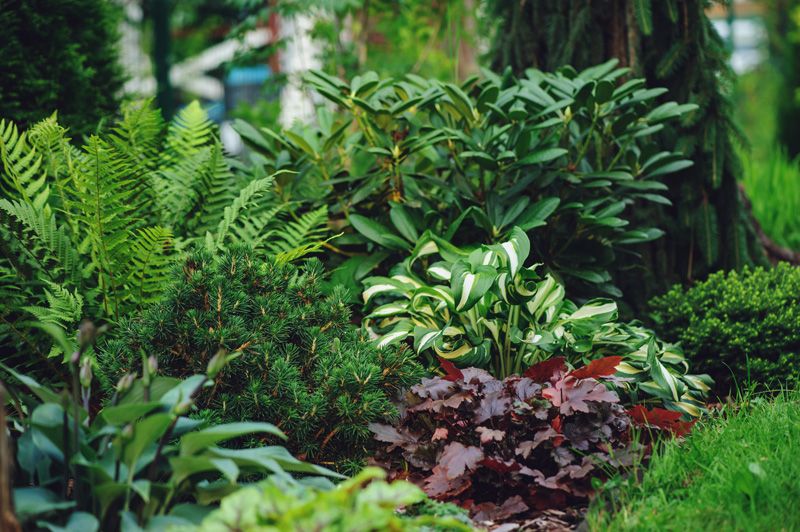
Top 10 shrubs pick for shade
Top 10 shrubs pick for shade
Shade-growing shrubs may provide colour and interest to a boring area of your yard. Most of us fantasise about the day when our gardens will be fully grown. Tall, leafy trees and mounds of flowering perennials, moss-covered sculptures, and cool, shaded areas to wander or relax are what we picture. Then reality hits. When those trees mature, they shade everyone under them, and we can no longer cultivate many of our favourite plants. Many plants require more light than our gardens can provide, so we must forego roses, tropicals, and other sun-lovers. Some shrubs can tolerate virtually complete shadow, while others require so-called bright or high shade. Read on to learn about the top ten shrubs that flourish in shaded and somewhat shady sections of your yard.
- Aucuba (Aucuba japonica.):
- Sky Pencil Holly (Ilex crenata.):
- Japanese kerria (Kerria japonica.):
- Yews (Taxus genus.):
- Mountain laurel (Kalmia latifolia.):
- Slender deutzia (Deutzia gracilis.):
- Glossy abelia (Abelia x Grandiflora.):
- Witch hazel (Hamamelis):
- Virginia sweet spire (Itea virginica.):
- Sweet shrub/Carolina allspice (Calycanthus floiridis.):
